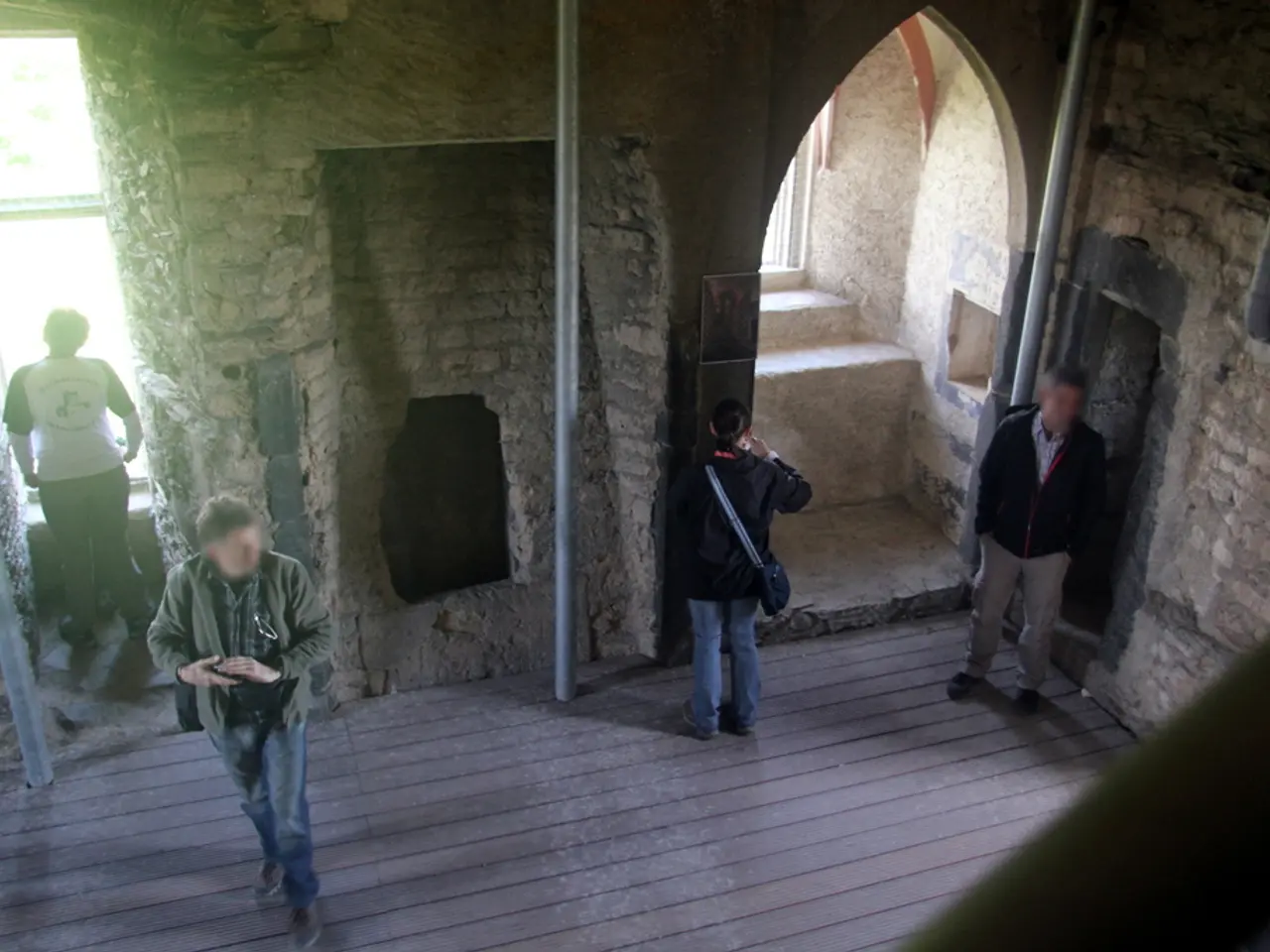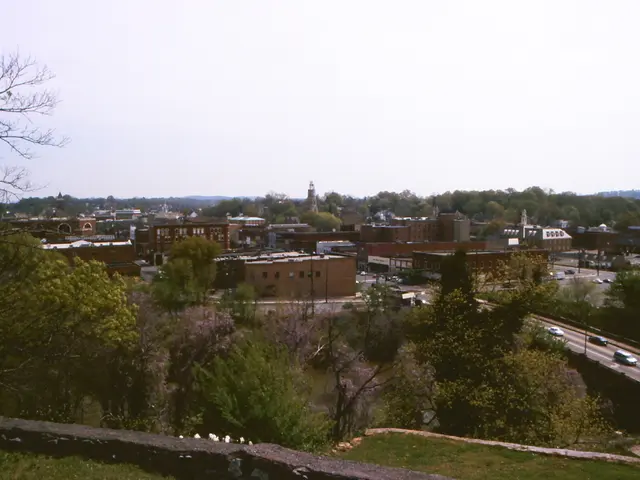Ancient Tales Echo Through the Stone Walls of the 2000-Year-Old Pandavleni Caves in Nashik
Exploring the Serene and Historical Pandavleni Caves in Nashik, Maharashtra
Nestled in the picturesque city of Nashik, Maharashtra, India, lies the Pandavleni Caves - a group of 24 ancient Buddhist rock-cut caves dating from the 1st century BCE to the 5th century CE. These caves, also known as the Trirashmi Caves, are renowned for their historical and architectural significance, attracting tourists and history enthusiasts alike.
Reaching the Pandavleni Caves is an easy task, as they can be accessed by bus, taxi, or private vehicle. Once there, visitors can either drive to the base of the hill and climb a set of stone steps to reach the caves or follow a trekking trail around the mountain. It's advisable to wear comfortable clothes and sturdy shoes for the trek.
The caves offer a serene and idyllic environment for family bonding and picnicking, providing a welcome escape from the hustle and bustle of city life. The caves were built during the Satavahana dynasty by Buddhist monks and served as viharas (monastic dwellings) and chaityas (prayer halls) carved out of basalt rock.
Three caves - 3, 10, and 18 - are the most notable, featuring intricate carvings, sculptures, and ornate pillars. Cave 3 is the largest and most elaborate, with a prayer hall and several cells, while Cave 18 contains an inscription of King Nahapana. Some caves also contain sculptures of the Hindu deity Ganesha and other gods, reflecting the religious diversity of the time.
The caves contain detailed carvings of Buddha, Bodhisattvas, and other Buddhist motifs. The architectural style exemplifies rock-cut architecture, featuring intricately carved doorways, pillars, and walls. The caves also include stupas and a sophisticated water management system with solid rock-covered water tanks, reflecting advanced construction skills and monastic self-sufficiency.
The Pandavleni Caves stand about 914 meters above sea level on Trirashmi Hill, offering not just historical insight but scenic beauty. The best time to visit the caves is during winter, from November to February, or post-monsoon, from September to early November.
The Pandavleni Caves are a crucial destination for those interested in ancient history, Buddhist art and architecture, and cultural heritage tourism. Visitors are encouraged to bring enough water, snacks, sunscreen, a small first-aid kit, and insect repellent for a safe and enjoyable trek. The caves can be visited from 7 AM to 6 PM, and they are located eight kilometers from Nashik.
[1] Pandavleni Caves. (n.d.). In UNESCO World Heritage Centre. Retrieved March 16, 2023, from https://whc.unesco.org/en/list/599
[2] Pandavleni Caves. (n.d.). In Maharashtra Tourism Development Corporation. Retrieved March 16, 2023, from https://www.maharashtratourism.gov.in/destination/pandavleni-caves
[3] Pandavleni Caves. (n.d.). In Indian Heritage Hotels. Retrieved March 16, 2023, from https://www.indianheritagehotels.com/pandavleni-caves-nashik-maharashtra/
Read also:
- International cooperatives associated with OCOP (One Commune One Product) are actively exploring strategies to access and penetrate foreign markets.
- Federal health clinics in Maine seek restoration of withheld Medicaid financing, filing a lawsuit against the Trump administration over funding reductions.
- Tezos' Etherlink Broadens Its Gaming Offerings with Incorporation of Pikes Arena and Cricket Champions
- Depakote Cost in 2025: Discounts and Additional Savings Options








